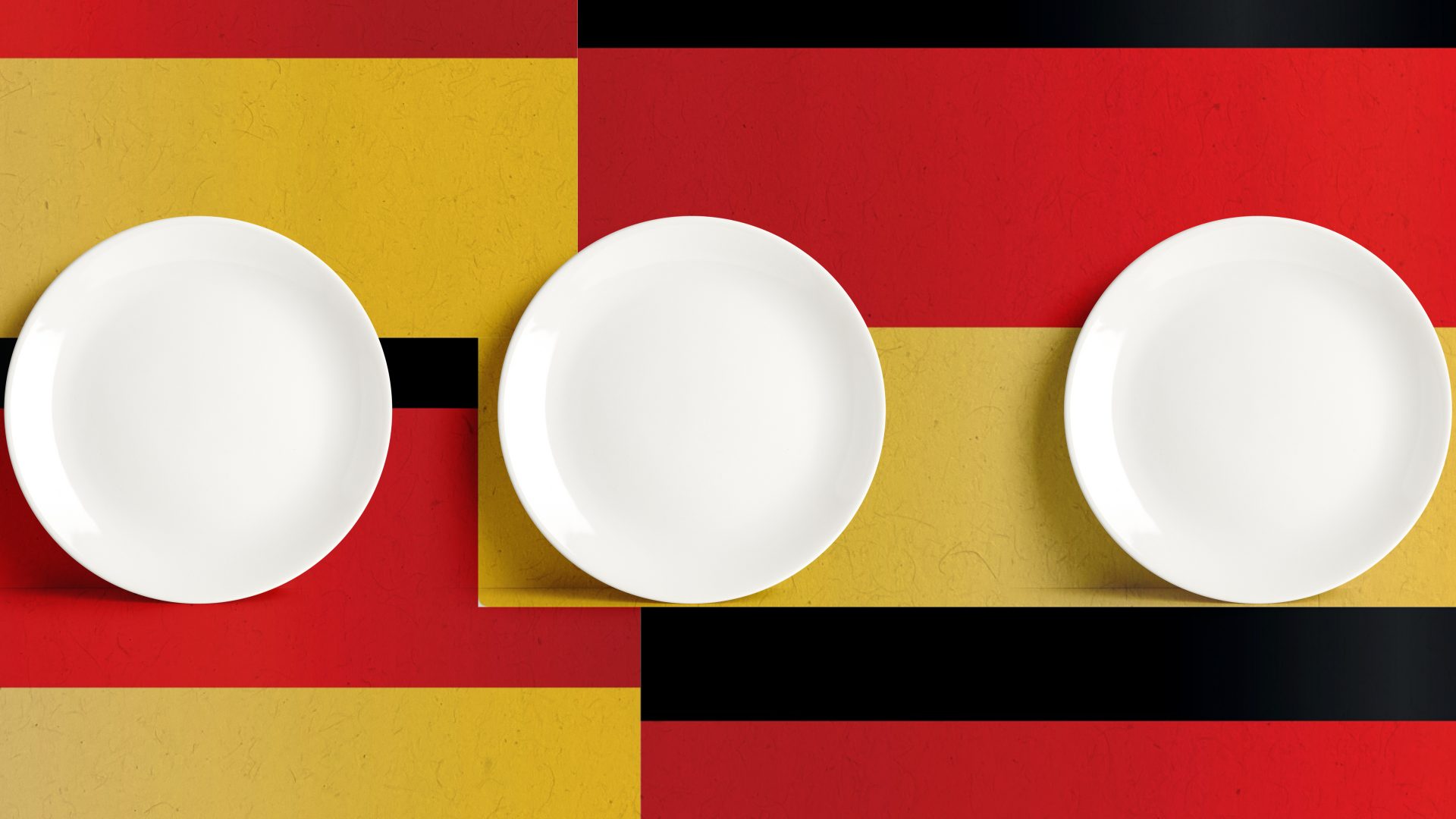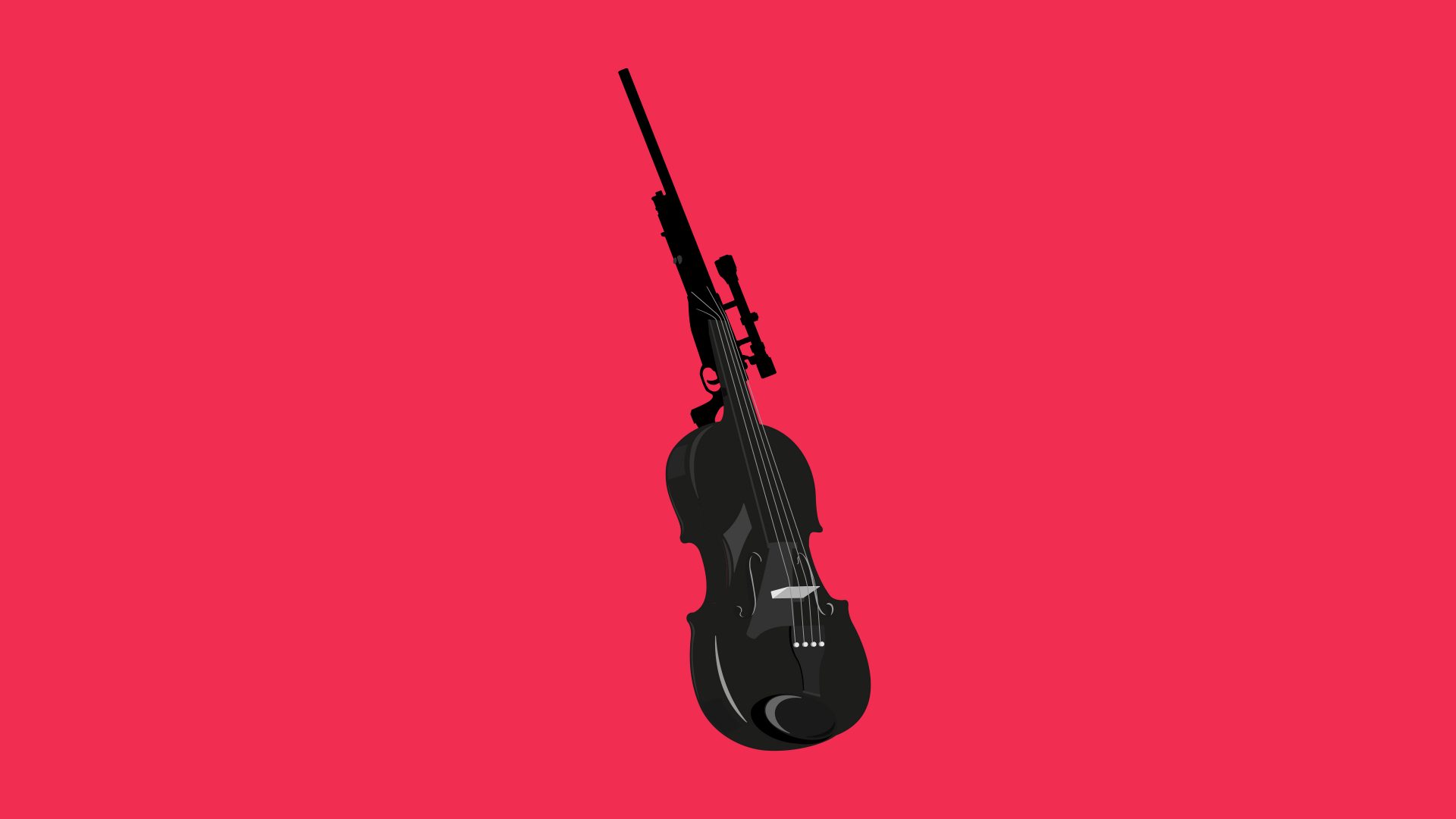Covid has caught up with me. Sniffysneezyness plus loss of taste and smell. So no comfort food for me.
But apparently, a university study found years ago, when you imagine eating a certain dish, and focus on it, it reduces your actual craving for that food (and consumption thereafter). Trusting the science, I am heavily visualising a roulade.
In Germany, this is a thin slice of topside beef filled with mustard, bacon, a gherkin, julienned carrot and celery sticks, wrapped up into a parcel and cooked with tomato paste, onions, broth and red wine.
All but feeling the tender roulade meat melting in my mouth (no wonder Poles and Czechs like it, too), I imagine its dark sauce soaked up by Semmelknödel (bread dumpling made from old bread soaked in milk) and Rotkohl, red cabbage cooked with bits of apple, cloves and cranberries.
It’s the opposite of Weißkohl, white cabbage, by the way, which we prodigiously turn into sauerkraut. Cabbage has massive health benefits, packed with nutrients. Just saying…
Sadly, I’ve never seen our roulades appreciated by any of the weekend foody supplements in Britain. I don’t recall traditional German dishes mentioned there at all, apart from the odd Apfelstrudel (which has been culturally appropriated by the Anglosphere).
Deutsche Küche is undervalued abroad. Except for our bread.
In fairness, Germans are even more prejudiced against English cuisine than vice versa – but who can blame us? You hide all sorts of food in ominous pies and pastries. Who would trust what really is inside? In contrast, our national dishes make for very transparent, if not exactly light, cooking. So should you fancy a change in Sunday roast, do try the following (veggies, please look away now):
Rheinischer Sauerbraten (Rhineland marinated, braised beef, bittersweet)
Tafelspitz (delicious prime boiled beef with horseradish sauce)
Krustenbraten (pork roast with a mouth-watering, crackling crust)
Schweinshaxe (Bavarian, grilled knuckle of pork)
Kasseler (slightly smoked pork loin, sauerkraut as a side is a must)
Gulasch you all know, and then of course Schnitzel. We stole it from the Austrians, who in turn had stolen it from the Italians: Marshal Radetzky, when posted in Milan, witnessed the making of Cotoletta alla Milanese: veal dredged in flour, dipped in beaten egg, then dredged in breadcrumbs and Parmesan. Leave out the Parmesan and you get Wiener Schnitzel.
Achtung: Some Germans eat Jäger- Schnitzel, drowned in mushroom or pepper sauce. Austrians laugh at us for doing this.
If vegetarian, you may love Reibekuchen: salty potato fritters with apple purée. And, my other favourite: Pellkartoffeln mit Kräuterquark, young potatoes in the skin with salted quark and herbs. Quark is really rare outside central Europe, frustrating for German expats. It’s not cottage cheese, some call it curd cheese – tricky. Imagine sour cream, just healthier and a bit drier. I read that thanks to Polish influence you now find it in some British supermarkets, but I haven’t come across it yet and you are really missing out.
As you are on Spargel, the white (!) version of asparagus. The season is about to begin and Germans are so fanatical about white asparagus. I think it’s the only German product we hardly export, because we want it all.
Then there’s Eintopf (literally: one-pot), a stew – with lentils, potatoes or leftovers. You may throw in a sausage, too. Sausology could fill a column alone and good sausages are scarce outside the Vaterland.
To name a few: Leberwurst, Mettwurst, Lyoner, Thüringer, Nürnberger Rostbratwürstchen, Weißwurst, Wiener.
As a rule of thumb, the further south you travel the better the food gets (eventually, my half-Italian boyfriend says to prove his point, this will bring you to Italy). In a tiny Black Forest village called Baiersbronn you’ll find two of Germany’s best restaurants. And I just realised I forgot to mention Spätzle and Maultaschen, two types of Swabian pasta, a must-have.
Having named dishes you should eat, I feel I should warn you about the ones you should not:
Labskaus (stew with meat and beetroot). Its origins lie with toothless, scurvy-ridden sailors – hence it looks as if it has already been chewed once
Schweinskopfsülze (sounds bad, looks worse, pork in aspic, no need, really)
Saumagen (sow’s stomach): I have never tried it but it certainly didn’t help Anglo-German relations when Helmut Kohl treated Margaret Thatcher to it.
PS: Smell and taste restored. Best wishes to everyone struggling!




